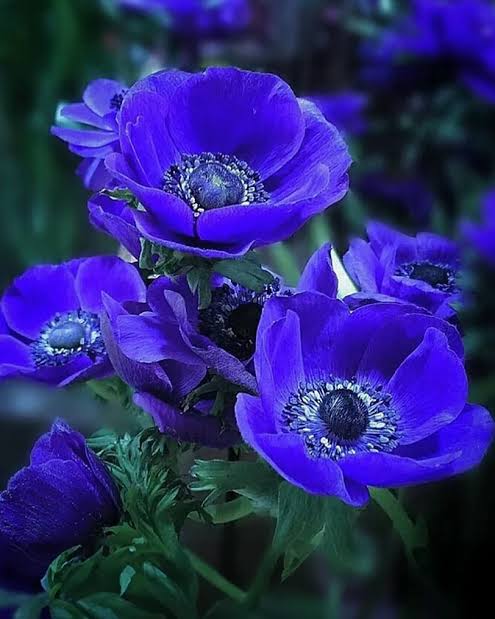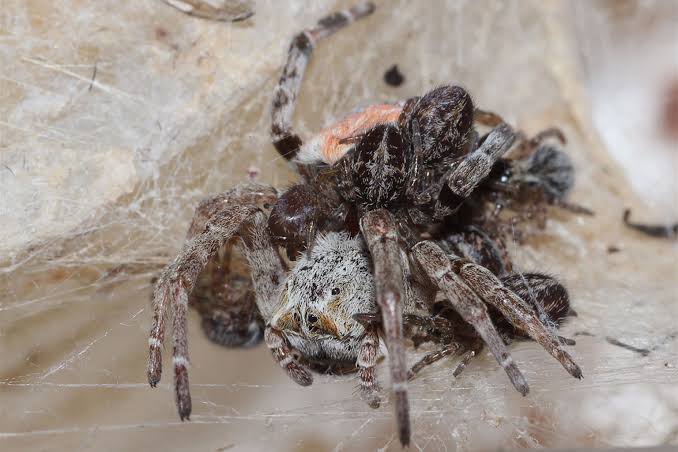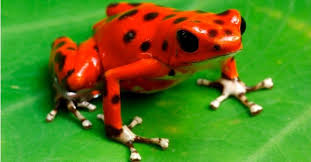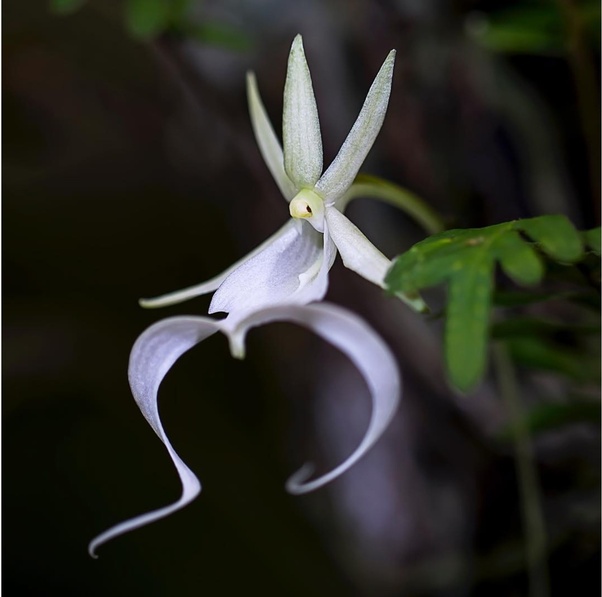A Comprehensive Exploration of the Elusive Blue Poppy: Unveiling Its Unique Botanical Features, Ethereal Beauty, and Deep Cultural Significance as a Rare and Revered Floral Treasure Native to the Majestic Himalayan Region
The Himalayan Blue Poppy (Meconopsis betonicifolia), often regarded as one of the most enchanting and elusive flowers in the world, is a rare botanical marvel native to the high-altitude regions of the Himalayas, including Bhutan, Nepal, northeastern India, and Tibet. This captivating flower is renowned for its striking blue petals, a color seldom found in nature, which contributes to its ethereal and almost mystical allure.

From a botanical perspective, the Blue Poppy stands out due to its distinctive physical characteristics. It typically grows in cool, moist, and shaded mountain environments, thriving at altitudes between 3,000 to 4,000 meters. The plant is a herbaceous perennial that features silky, cup-shaped flowers, vibrant in hue, and a rosette of hairy leaves at its base. It blooms for a short period during the summer and is notoriously difficult to cultivate outside its native habitat, adding to its reputation as an elusive species. Its sensitivity to environmental changes and narrow ecological range make it an important subject of conservation.
Beyond its scientific interest, the Blue Poppy holds deep cultural and symbolic significance. In Tibetan and Bhutanese traditions, it is more than just a flower—it represents purity, peace, and spiritual longing. The flower is often seen as a metaphor for the pursuit of something beautiful yet unattainable, reflecting Buddhist ideals of inner enlightenment and impermanence. In local art, mythology, and folklore, it is revered as a symbol of resilience and transcendence.
The Blue Poppy’s rarity, beauty, and cultural reverence position it as a treasured emblem of the Himalayan landscape. This exploration of the flower not only highlights its biological uniqueness but also deepens our understanding of its enduring place in the natural and cultural heritage of one of the world’s most biodiverse and spiritually rich regions.














Leave a Reply